Photo Gallery for Pelochrista robinsonana - Robinson's Pelochrista Moth | 60 photos are available. Only the most recent 30 are shown.
|
 | Recorded by: David George, Stephen Dunn, Jeff Niznik on 2023-07-06
Orange Co.
Comment: | 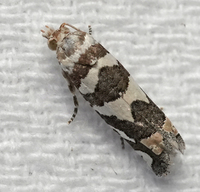 | Recorded by: Chuck Smith on 2023-07-03
Davidson Co.
Comment: |
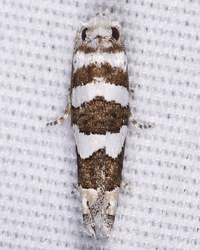 | Recorded by: Jim Petranka and John Petranka on 2023-06-14
Moore Co.
Comment: |  | Recorded by: Jim Petranka and Bo Sullivan on 2023-06-13
Moore Co.
Comment: |
 | Recorded by: John Petranka and Jim Petranka on 2023-05-18
Moore Co.
Comment: | 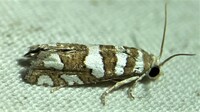 | Recorded by: Dean Furbish on 2023-05-04
Pender Co.
Comment: |
 | Recorded by: R. Newman on 2023-04-04
Carteret Co.
Comment: | 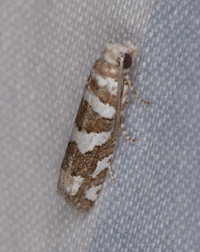 | Recorded by: David George, Stephen Dunn on 2023-03-28
New Hanover Co.
Comment: |
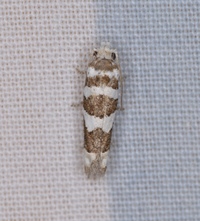 | Recorded by: David George, Stephen Dunn on 2023-03-28
New Hanover Co.
Comment: | 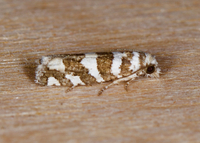 | Recorded by: Jim Petranka, Steve Hall and Bo Sullivan on 2022-08-28
Scotland Co.
Comment: |
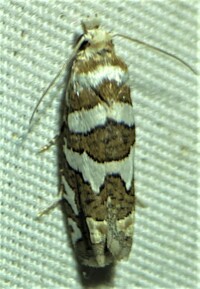 | Recorded by: Dean Furbish and Joy Wiggins on 2022-06-07
Wake Co.
Comment: |  | Recorded by: Simpson Eason on 2022-06-05
Durham Co.
Comment: |
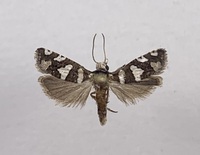 | Recorded by: Richard Teper on 2022-05-31
Moore Co.
Comment: | 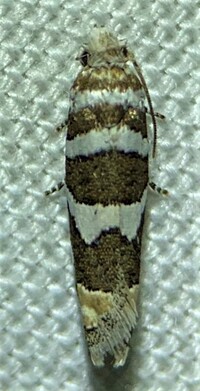 | Recorded by: Dean Furbish and Joy Wiggins on 2022-05-04
Pender Co.
Comment: |
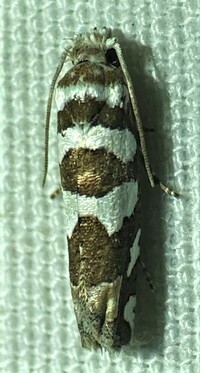 | Recorded by: Dean Furbish and Joy Wiggins on 2022-05-03
Pender Co.
Comment: | 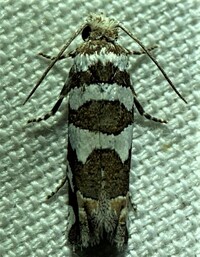 | Recorded by: Dean Furbish and Joy Wiggins on 2022-05-03
Pender Co.
Comment: |
 | Recorded by: R. Newman on 2022-04-25
Carteret Co.
Comment: |  | Recorded by: R. Newman on 2022-04-06
Carteret Co.
Comment: |
 | Recorded by: R. Newman on 2021-09-20
Carteret Co.
Comment: | 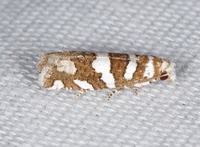 | Recorded by: Jim Petranka and Bo Sullivan on 2021-08-09
Moore Co.
Comment: |
 | Recorded by: Jim Petranka and Bo Sullivan on 2021-08-09
Moore Co.
Comment: | 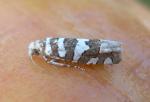 | Recorded by: R. Newman on 2021-06-16
Carteret Co.
Comment: |
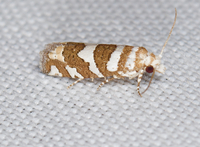 | Recorded by: Jim Petranka, Bo Sullivan and Steve Hall on 2021-06-08
Moore Co.
Comment: | 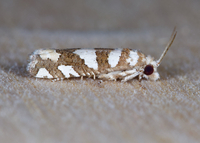 | Recorded by: Jim Petranka, Bo Sullivan and Steve Hall on 2021-06-08
Scotland Co.
Comment: |
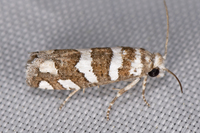 | Recorded by: Mark Shields on 2021-05-25
Onslow Co.
Comment: | 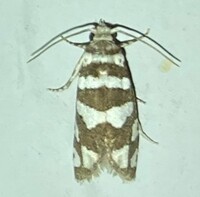 | Recorded by: Dean Furbish on 2021-05-20
Wake Co.
Comment: |
 | Recorded by: Dean Furbish on 2021-05-20
Wake Co.
Comment: | 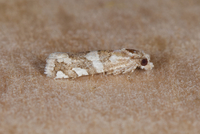 | Recorded by: Jim Petranka, Bo Sullivan and Steve Hall on 2021-05-11
Scotland Co.
Comment: |
 | Recorded by: Jim Petranka, Bo Sullivan and Steve Hall on 2021-05-10
Moore Co.
Comment: | 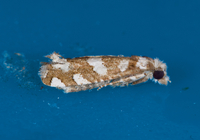 | Recorded by: Jim Petranka, Bo Sullivan and Steve Hall on 2021-05-10
Richmond Co.
Comment: |
|